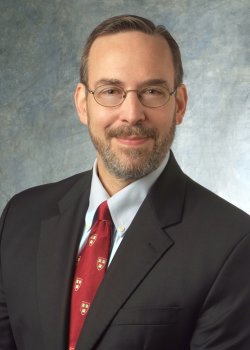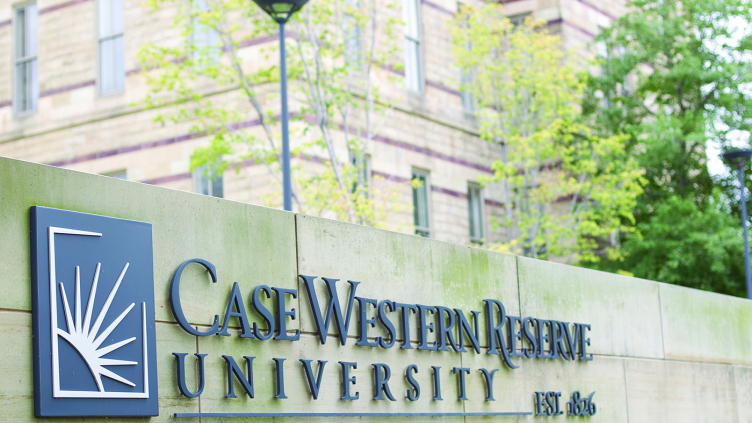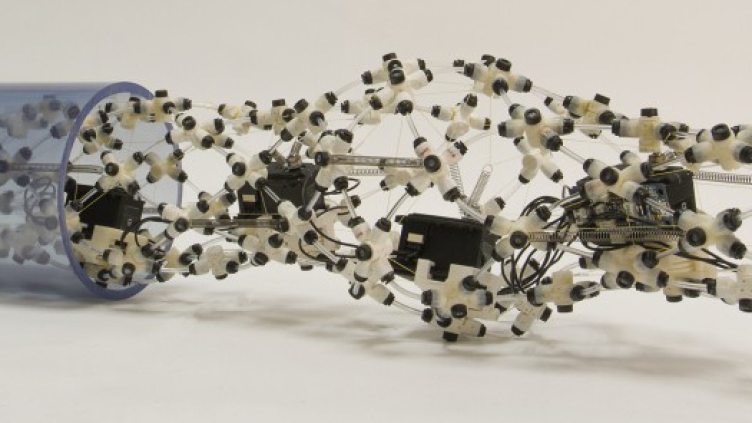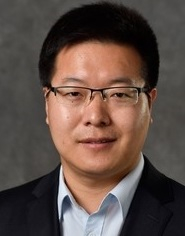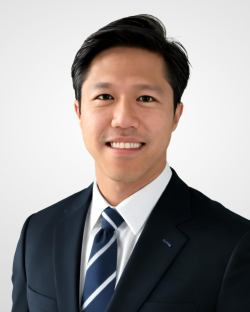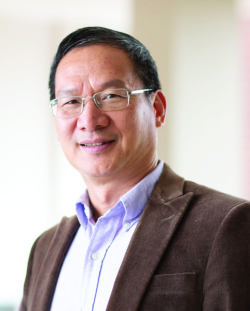Robotics and Motion Control
Vision-guided robotics, autonomous robots, artificial muscles, creative movements—machine-guided solutions and robotic assistance can help us communicate better, tackle labor-intensive and dangerous tasks, conduct surgery and visit harsh environments.
Whether we’re looking to access a sewer pipe, disarm a bomb or even assist in the caring of our aging population, robots can drastically improve our quality of life. Motion-control innovations like harmonic dampening on buildings to reduce the impact of earthquakes and power electronics to control the loading conditions on wind turbines keep us safer and our infrastructure stronger. From vibration analysis to friction-and-wear optimization to robotic assistance, we’re pushing forward the capabilities of machines to better serve our society.
Centers and institutes that conduct research in Robotics and Motion Control
Faculty who conduct research in Robotics and Motion Control
Changyong (Chase) Cao
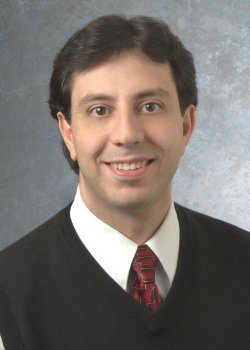
M. Cenk Cavusoglu
Zonghe Chua
Kathryn Daltorio
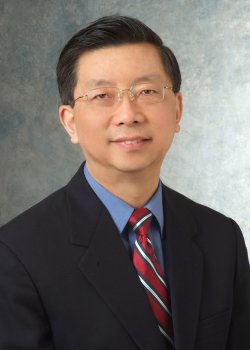
Robert Gao

Mario Garcia-Sanz

Greg Lee
Michael Lewicki
Wei Lin
